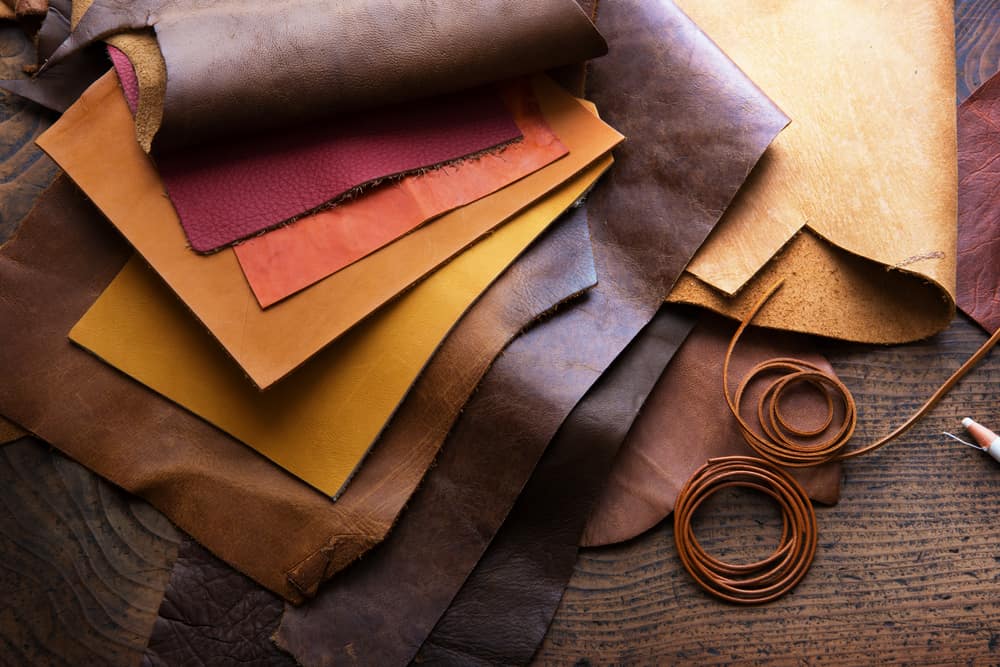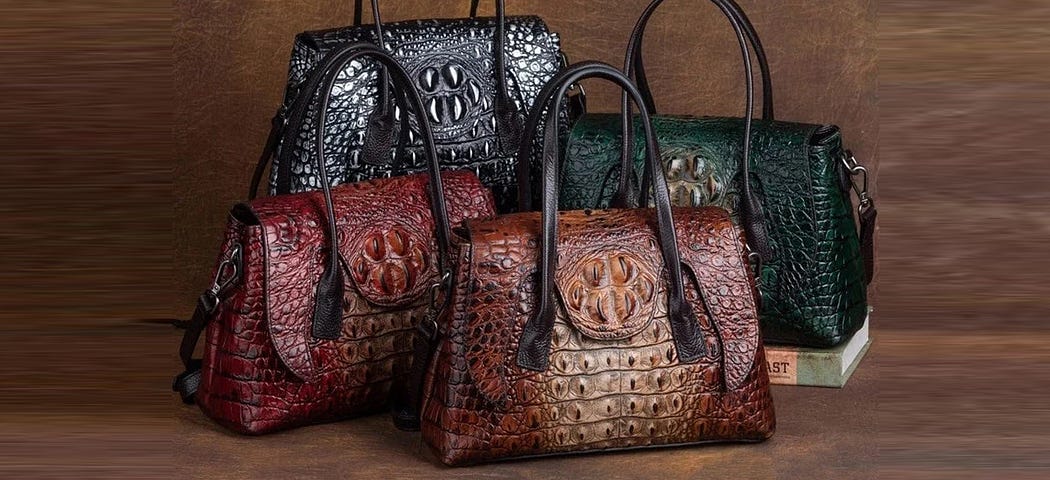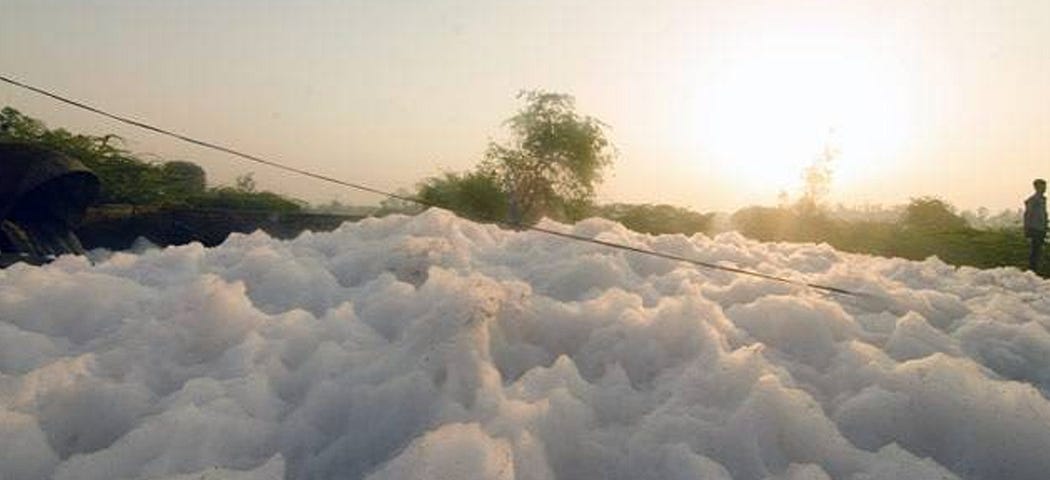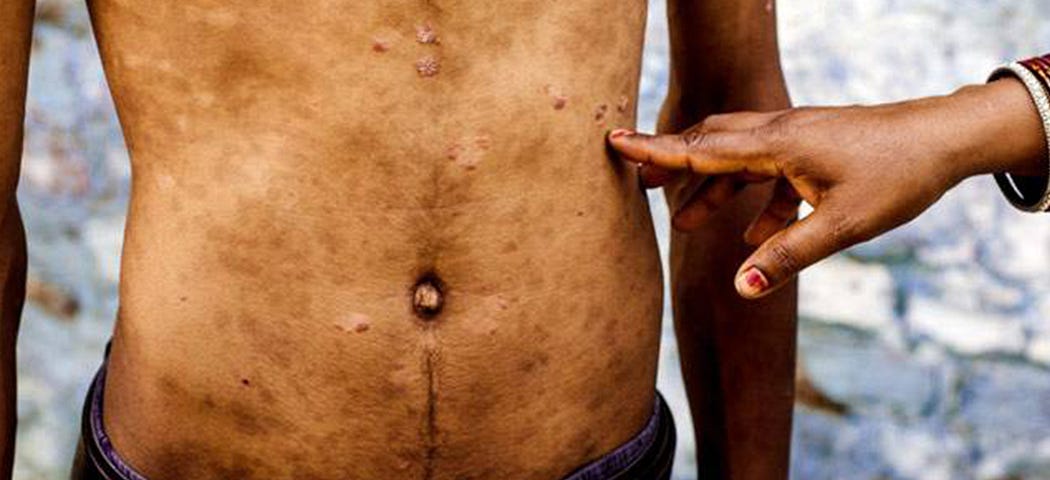
Say No To Leather! Know Why?
Share

Leather is probably most ancient fabric used by humans. Demand for leather goods is growing — but so is criticism of its severe environmental impact, which is driving a keen interest in sustainable alternatives.
Leather is animal hide, without hair and tanned to preserve. Later they add colours, embossing to give it a feel. Generally, most of them are used for manufacturing footwear, clothing, fashion accessories, interiors, and car upholstery.
Leather comes from cows, sheep, and goats. In case of luxury products hides of snake, alligator, crocodile, kangaroo, ostrich, deer and fish. According to the Food and Agriculture Organization estimates referenced in the Textile Exchange report 2021, around 1.4 billion hides and skins of animals were used in global leather production in 2020– around one animal for every 5 people on the planet. In 2020, the global leather goods market was worth around $394.12 billion and it is estimated to grow by an annual growth rate 5.9 per cent from 2021 to 2028.
Impact On Environment!
Leather production is linked to some serious sustainability issues, not least as a by-product of the meat industry. Extensive rearing of livestock has severe environmental impacts such as deforestation, water and land overuse, and gas emissions.
Tanning is the most toxic phase in leather processing, with a high percentage of production still using chromium tanning. Hides are doused in drums of water, chromium salts and tanning liquor to stop them decomposing and to give a supple, colour-fast leather.
In India, all of these highly potent chemicals make their way into the Ganges. These toxins not only contaminate the river but also seep in and pollute the soil and ground water. Most of the discharge overflows and passes into the river. The post treated water used for irrigation of farmlands in the Jajmau region of Kanpur is also found to have a devastating effect on crops and vegetables.
Studies show that the presence of these hazardous toxic metals in Ganges is far above the permissible limit by World Health Organisation (WHO) and United States Environmental Protection Agency (USEPA). The contaminated water results in health hazards which include respiratory disease, renal failure, dermal problems (like rashes, boils and numbness) and blue baby syndrome. Small scale Industry that works with leather trimmings to prepare fertilizer or chicken feed continue to pollute Ganga and the soil unabated. The Tannery owners do not want to take all the blame. Small tanners who choose to remain anonymous told that the current Government has ruined the Leather Business,”The Ganga pollution and ‘Govansh’ has targeted the tanneries business.
Rakesh Jaiswal, an environmental activist disagreed with the tannery owners, ‘It is not as tricky as it sounds. The choice is clear, the Industry can’t function at the cost of environmental degradation and health hazards for the entire population that resides in the Jajmau area. The Governmental bodies including the UP pollution board has only been doing lip service to reforms and regulations, focusing on extorting money from the Industry but not really controlling the pollution. There are claims the tanneries that been ordered to close down continue to function in secrecy, corruption is ubiquitous. The tannery owners might feel targeted as they form the minority group but the issue is really much larger, beyond beef ban or Brexit.’
